Sapa: Diverse Ethnics and Cultures
Apart from its breathtaking landscapes and favorable weather, the cultural authenticity of numerous ethnic minorities in Sapa remains a striking feature that attracts tourists to this mountainous district every year. "Ethnic tourism" has gained popularity over the decades, appealing to those eager to explore the traditional customs of local communities. Sapa stands out as a prominent ethnic tourism destination in Vietnam, and savvy travelers may find themselves interested in some essential information about the lifestyles of the indigenous groups that inhabit the area.
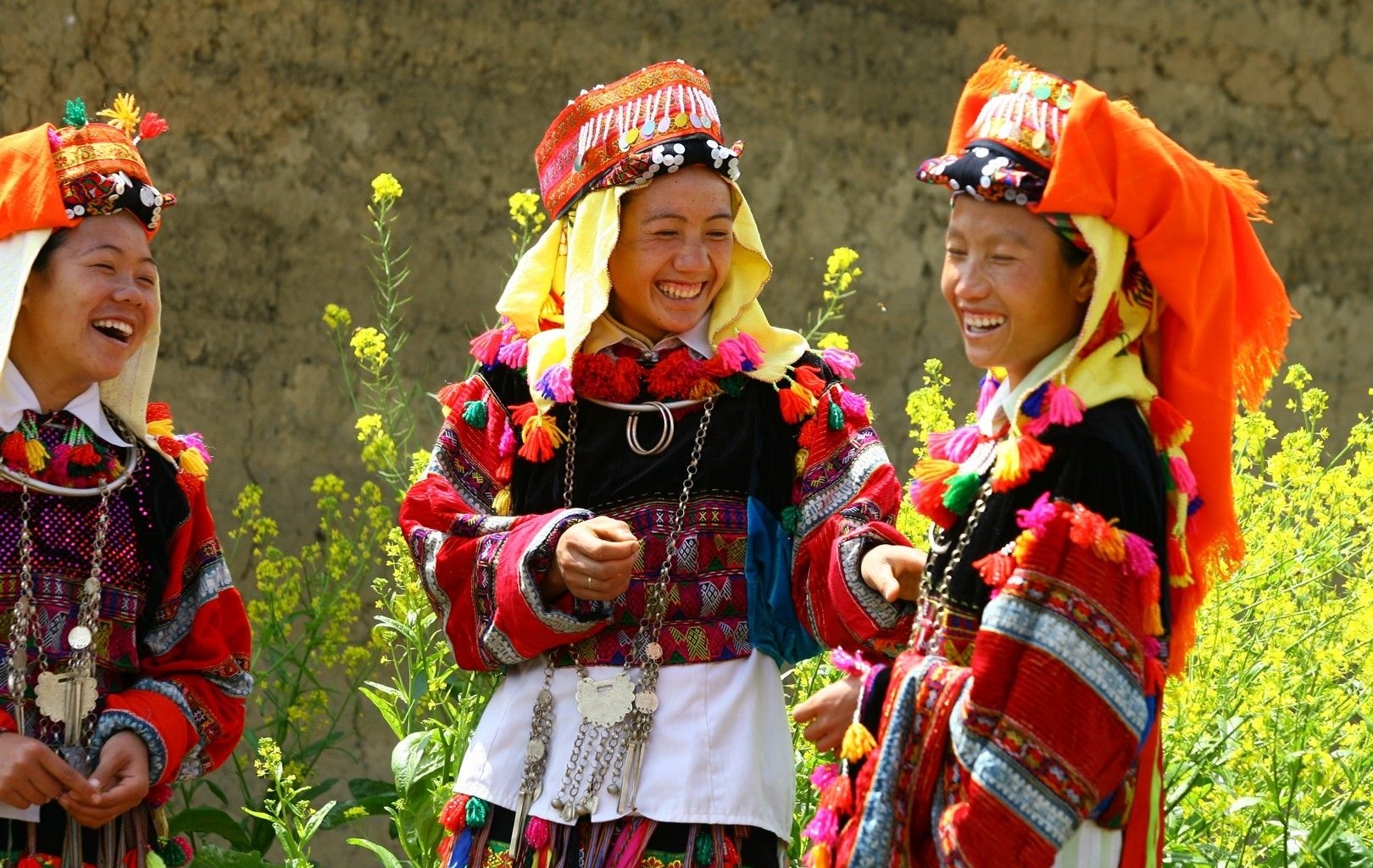 Photo: onetour.vn
Photo: onetour.vn
Population
As of the latest census in 2023, Sapa has a total population of approximately 60,000 people, comprising various ethnic groups. This district is one of the few in Vietnam where the Hmong people form the majority, representing around 51%, followed by the Dao at 23%, Kinh at 17%, Tay at 4%, Giay at 2%, and other smaller groups. The demographic landscape has evolved, resulting in a diverse cultural tapestry in the region.
Ethnic groups
Among the 54 ethnic groups found in Vietnam, excluding the predominant Kinh population, Sapa is home to eight different ethnic groups, including Hmong, Dao (pronounced Zao or Yao), Tay, Giay (pronounced Zai), Muong, Thai, Hoa (ethnic Chinese), and Xa Pho. The majority of the population consists of Hmong and Dao people, who together account for over 70% of the residents, while the remaining groups each comprise about 1-2%. Many people from these ethnic groups engage in subsistence farming, while others reside in Sapa town, providing various travel services to support their livelihoods.
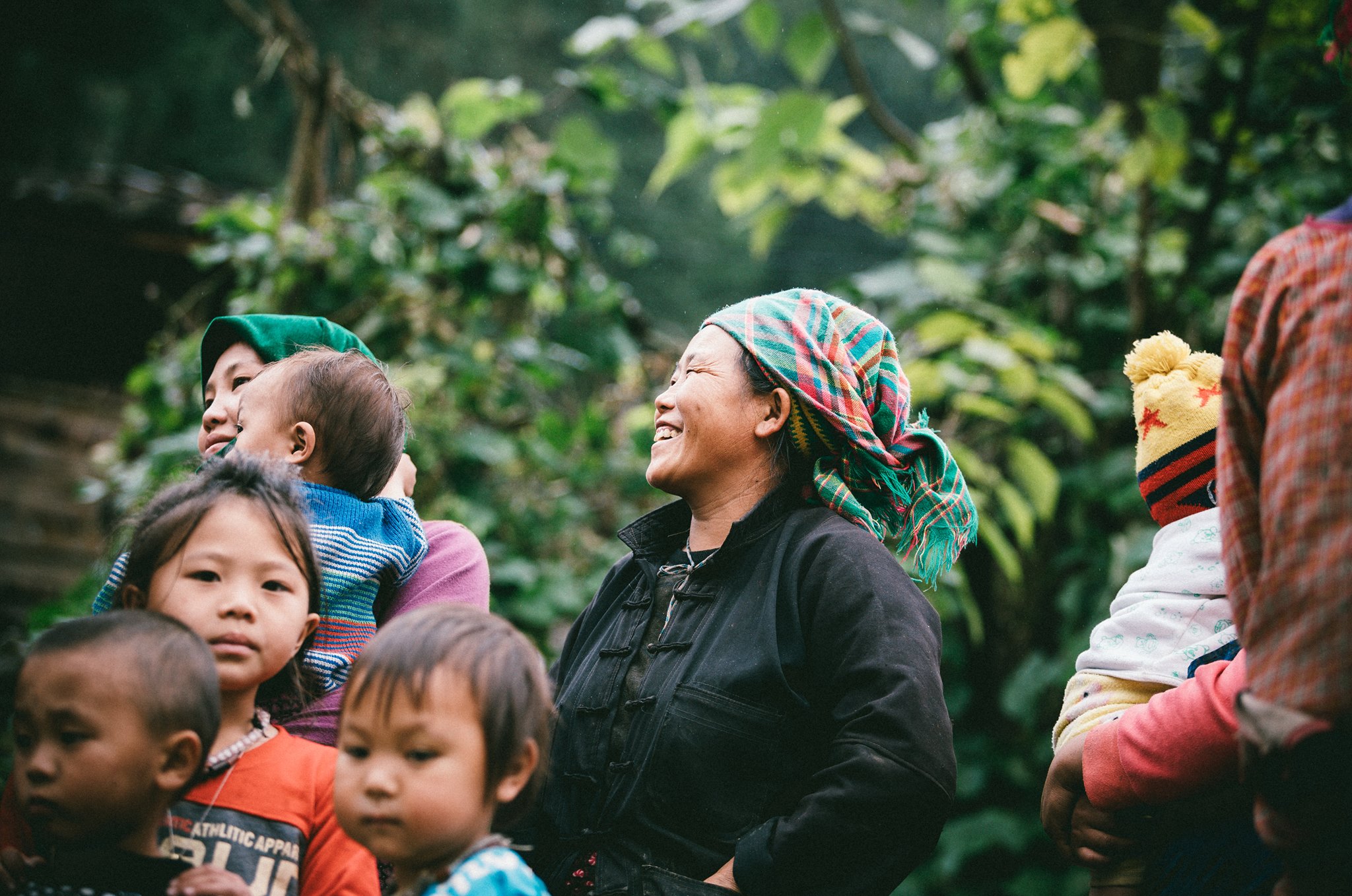 Photo: nhatlongtravel.com
Photo: nhatlongtravel.com
Costume
Each ethnic group in Sapa has its unique costume with striking designs, characterized by handcrafted elements. The garments of minority groups are primarily made from hemp, dyed in deep indigo blue hues, and adorned with intricate embroidery. Women often style their long hair wrapped around their heads and wear traditional turbans. In contemporary times, many locals have adopted Vietnamese or Western clothing styles due to increased integration with the broader Vietnamese community and the influx of foreign visitors.
Family responsibility
In terms of family responsibilities, men are typically tasked with physically demanding work such as building houses and cultivating land, whereas women are responsible for managing agricultural tasks, cooking, and crafting clothing. Children and the elderly usually assist with lighter chores around the home and farm.
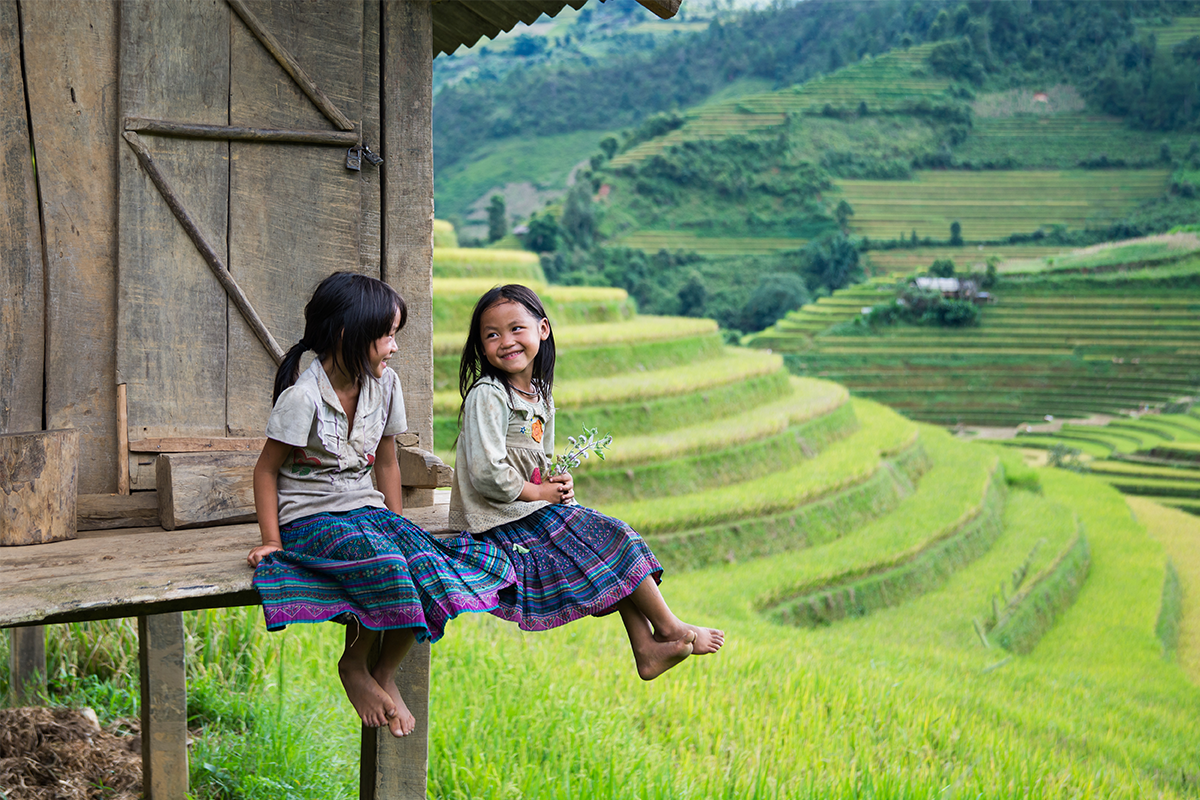 Photo by @insidevietnam
Photo by @insidevietnam
Marriage
Marriage rituals in Sapa can vary significantly among different groups. Generally, parents of the bride and groom will consult an astrologer to assess the compatibility of their horoscopes, which is believed to dictate the couple's fortune together. The groom typically presents a dowry to the bride's family, which may include silver coins, livestock such as pigs or chickens, and rice wine as part of the wedding ceremony.
Beliefs
Like the Kinh people, the various ethnic groups in Sapa worship their ancestors. They also have rituals dedicated to the worship of household spirits, kitchen deities, and even spirits associated with their doors, reflecting a deep-seated spiritual heritage integral to their way of life.
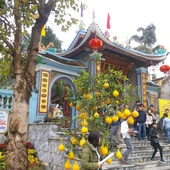
Bao Ha Temple Festival
On the 7th day of the 7th month of every lunar year, a traditional festival is organized at Bao Ha Temple in Lao Cai to commemorate the daring exploits of Hoang Bay, the God who defended the country from foreign enemies.
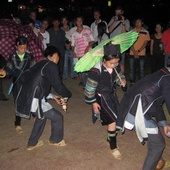
Sapa Love Market - A Cultural Insight
Before you might think about anything improper, Sa Pa’s love market has been an unique and valuable aspect in the culture of the Mong and Dao ethnic groups for a long time.








